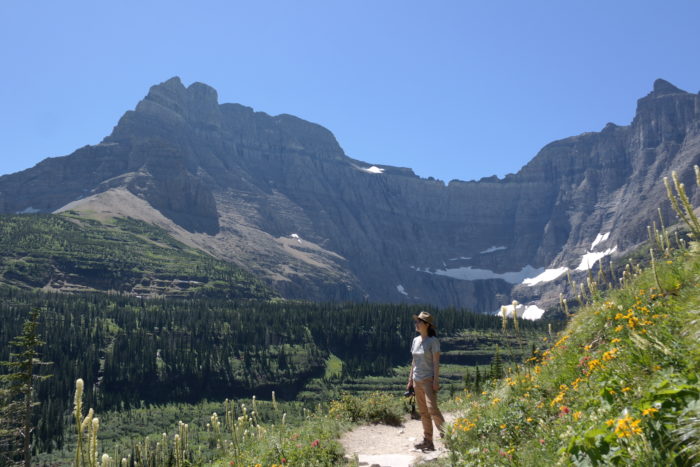Being zero-waste at home can be hard enough, but attempting to avoid creating any waste at all while traveling is an even greater challenge. Packing your own food for a flight or long train ride so that you’re not tossing out plastic wrappers or trays, resisting the temptation to grab a snack from a vending machine or a coffee from Starbucks while on a road trip, sighing as you shove yet another paper ticket for an attraction in your purse, knowing there’s no way you can compost your food waste, being “that person” at every restaurant when you refuse paper straws—when you’re on the go, trying not to trash the planet is a constant battle.
And when you’re traveling with a group, it’s even more difficult. After all, you don’t want to seem like a burden or inconvenience to your loved ones, so you try not to impose your own habits on them—and you end up creating way more trash as a result of not wanting to rock the boat. It’s a lose-lose situation.
What if you could partake in a fun group trip without contributing more waste to a landfill? Natural Habitat Adventures, a tour company specializing in outdoor excursions and sustainable practices, is trying to make that possible. Recently, they hosted the world’s first organized zero-waste tour in Yellowstone National Park. From July 6-12, a dozen participants, along with their guides, explored the park while sticking to five key practices of the zero-waste movement: refuse, reuse, recycle, compost, upcycle.

The tour organizers had a pretty bold objective: “At the end of the trip, the group should be able to fit all of the waste produced into a single small container.” Against all odds, they achieved their goal. After about a week in the park, the participants had generated 50.9 lbs of compost and recyclables, with only a quart-sized mason jar’s worth of trash being sent to a landfill.
Pulling this off was no easy feat. In fact, it took the organizers eighteen months to pull together the entire itinerary! They had to work with restaurants and hotels in advance to lay out some ground rules: for example, no serving guests food in single-use, disposable containers, and not placing little plastic bottles of shampoo and conditioner in their rooms.
So, how did they do it? Aside from eliminating single-use plastics at restaurants and hotels from the get-go, the organizers took several other crucial steps to ensure that participants would be able to essentially avoid creating waste throughout the trip. First, they supplied everyone with reusables before they departed: bamboo utensils, chopsticks, straws, coffee mugs, water bottles, cloth napkins, and bags for recyclables. They were also encouraged to pick up waste they found around the park to either recycle it or dispose of it properly in a trash can.
The organizers handled a bin for biodegradable food waste, which was collected after each meal and then dropped off at the end of the trip. They also chose a destination where being almost entirely zero-waste was possible—for example, it would be impossible to embark on a trip like this in a city where tap water wasn’t safe to drink, but in Yellowstone, there are plenty of places to fill up your bottle with cold, clean water.
So, what could other tour companies do to reduce the waste produced on the trips they run? Thankfully, Natural Habitat Adventures is putting together a guide for the travel industry based on what they learned from their first zero-waste trip. In the meantime, there are a few changes that other companies in the travel industry could move forward with.
First, tour companies could make it a point to work with restaurants and hotels that are committed to implementing sustainable practices, serving local, organic food, and reducing waste. They could also encourage people who sign up for their trips to bring their own reusables, like water bottles and utensils, and then provide reusables to anyone who doesn’t have them already. Participants could keep them as souvenirs from their trip and continue using them at home. Collecting and dropping off recyclables and compost could be more challenging, but companies could definitely look into it to see if it’s feasible.
A group tour is actually a great time to introduce people to zero-waste principles. When you’re learning alongside a group, it’s much more fun and engaging. Change won’t happen overnight, but tours like the one run by Natural Habitat Adventures are leading the way for a more eco-friendly travel industry.
Also by Jane: Air Travel Increases Your Carbon Footprint. How To Go Flight-Free
How I Redefined My Identity After Overcoming Anxiety
Get more like this—Subscribe to our daily inspirational newsletter for exclusive content!
__
Photo: Peaceful Dumpling




